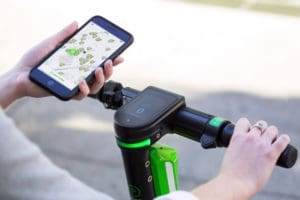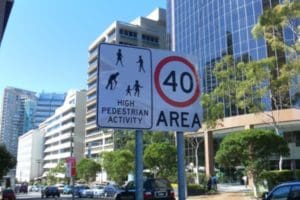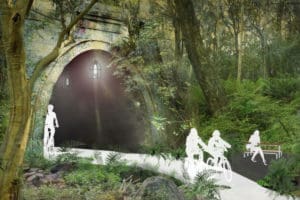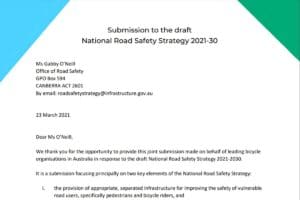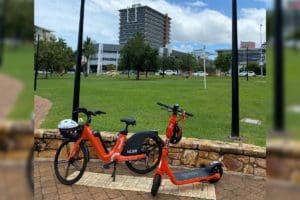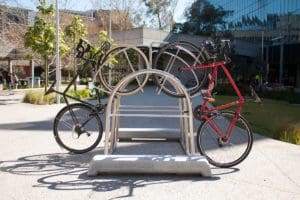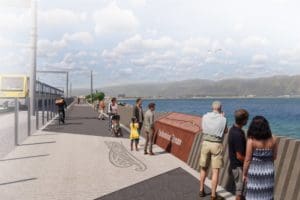Infrastructure
This category includes any product or service that enables micromobility.
Adelaide Scraps Plans for Critical Bikeway
Lime’s New Features Should Reduce Hiring Stress
Major Expansion of 40 kph Zones in Canberra
Critical Missing Link Receives $1.5 Million in Funding
Key Cycling Organisations Present United Front
Bike and Scooter Share is Booming in Darwin
A Wheelie Good Rack!
Bicycle parking is a critical piece of the puzzle when it comes to encouraging more people to ride. But before anyone starts drilling holes in public space to install ‘permanent’ bike parking hoops, enclosures or other facilities, they have to jump through expensive hoops themselves in terms of approvals, ensuring they’re not potentially disrupting any underground utilities and so on.
These costs, combined with uncertainty amongst the relevant authorities that the parking would be regularly used, often leads to inaction. No parking leads to less riding and so the vicious cycle repeats.
An Insider’s Perspective of Australia’s E-Scooter Share Schemes
Colourful e-scooters on footpaths, in parks and at bus stops, have become common place in several Australian cities in a very short time. They range in colour from green, orange, purple and yellow, depending on the operator.
Periodically, cities have changed colours, authorising different operators to host e-scooter hire schemes in their city. The dominant operators in Australia are currently Beam (purple), Neuron Mobility (orange) and Lime (green).
Since Lime initiated Australian services in Brisbane in late 2018, with over 50,000 rides being taken in the first two weeks, other cities have been quick to follow. In just over two years, e-scooter hire schemes have been approved in Adelaide, Brisbane, Darwin, Charles Sturt (north-western Adelaide), Port Adelaide, Townsville, West Torrens (western Adelaide), Canberra and Bunbury.
Hobart Reduces CBD Speed Limits
Effective from Monday 1st February 2021, Hobart has become the latest Australian city to lower its speed limits on central city streets.
As you can see from the map accompanying this article for all but two roads the speed limit has been reduced from 50 kph to 40kph. The small roads shown in grey were already 40 kph.
Critical Missing Link Approved for New Zealand’s Capital
New Zealand’s national capital of Wellington has a greater urban area population of 429,700 in 2020, but due to its extremely hilly terrain and limited land, being surrounded by ocean on three sides, only half of these people, 215,100 to be exact, live in the city of Wellington itself.
The other half live in nearby urban areas including Lower Hutt and Porirua.
Also due to this extremely rugged terrain, a single four lane motorway is the only main road that links Wellington to the rest of New Zealand.
Currently there is no separated cycle route along this main road, that has been built on a narrow strip of in some places reclaimed land, wedged between the mountains and the sea. The only space for cyclists is the shoulder of what is an extremely busy high speed road.


